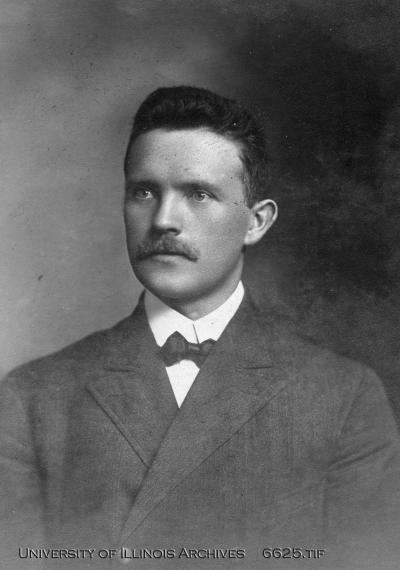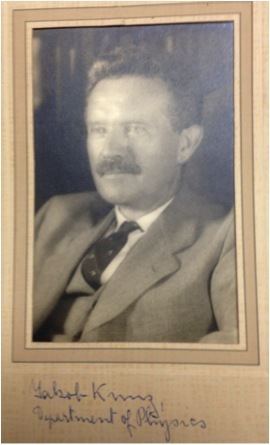Name Jakob Kunz Role Physicist | Died 1938 | |
 | ||
M moire 12 jakob kunz
Jakob Kunz (November 3, 1874 – July 18, 1938) was an American physicist who pioneered the development and application of photoelectric cells. Born in Brittnau, Switzerland, he earned his bachelor's degree in 1897 and his Ph.D in 1902 from the Eidgenossisches Polytechnikum in Zurich.
Contents
- M moire 12 jakob kunz
- Physics department
- Photoelectric cells and astronomical photometry
- Family
- References

Physics department
Kunz arrived at the University of Illinois in 1909 as a theoretical physicists. He taught most of the graduate courses and supervised half of the Ph. Ds up to 1929. Larazus notes that “He was clearly the intellectual leader of the department.” One of his students was E. Frances Seiler who became the first woman to earn a Ph.D in physics at Illinois for her thesis on the color-sensitivity of photoelectric cells.
Photoelectric cells and astronomical photometry
Kunz made significant contributions to construction of photoelectric cells improving on the methods introduced by Elster and Geitel. During the fall of 1911, he began a collaboration and friendship with the University of Illinois Observatory director Joel Stebbins that would revolutionize astronomical photometry. Kunz’s photoelectric cells were many times more sensitive that what was available commercially and therefore able to detect faint star light. Kunz’s cells would be used at half a dozen observatories all across the nation including Yerkes Observatory, Lick Observatory, and Washburn Observatory. Kunz also accompanied Stebbins and four solar eclipse expeditions beginning with the Solar_eclipse_of_June_8,_1918 to measure the total light of the solar corona with the photoelectric photometer. The collaboration between Stebbins and Kunz continued until Kunz’s death in 1938.
Kunz also collaborated with electrical engineering professor Joseph Tykociński-Tykociner to use a photoelectric cell to photograph sound and reproduce it electronically. When Tykociner demonstrates the first sound-on-film motion picture recordings in 1921 in Urbana, the projector has a Kunz cell at its heart.
Family
Jakob Kunz was the son of Jakob and Anna Marie Weber Kunz. He was married to Anna Bolliger and had two daughters Anna Marie and Margaret. Stebbins remembers Kunz as “the proverbial simplicity of a true scientist; he was liberal in politics and religions, and was always an enthusiastic worker for social justice.”
His daughter Anna Marie (Annamarie) Honnold authored a well-known collection of stories about 'Abdu'l-Baha Vignettes from the Life of 'Abdu’l-Baha.
